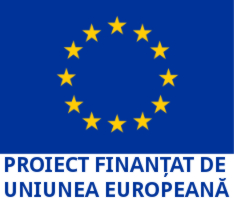
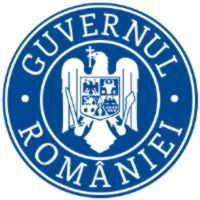
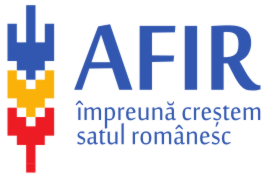

Aşezare geografică: Localitatea Ernei este aşezată pe pârâul Căluşeri afluent al râului Mures, pe drumul national Tg. Mures- Reghin - Piatra Neamt, la 10 km de municipiul Târgu Mureş.
Sate aparţinătoare: Ernei, Dumbrăvioara, Căluşeri, Icland, Săcăreni, Sângeru de Pădure.
Căi de acces: DN 15 Târgu-Mureş -Reghin; staţie CFR pe ruta Târgu-Mureş - Reghin.
Atestare documentara: Prima atestare documentară a localităţii Ernei datează din anul 1332, sub numele Ernee. Pe câmpia din marginea satului, numită Câmpia Libancs, a tăbărât paşa Ali în septembrie 1661 şi l-a impus ca voievod al Transilvaniei pe Apaffi Mihály.
Satul Dumbravioara este amintit prima dată în anul 1319 de regele Károly Róbert într-o scrisoare de donaţie, sub numele de Sarumberg.
Satul Icland este amintit prima dată în 1566, Săcăreni în 1451, cu numele Sekefalwa, Sângeru de Pădure în 1333, iar satul Căluşeri apare în registrele de dijme papale în anul 1332, cu numele de Kaal.
Structura etnică: români - 405, maghiari - 4.328, rromi - 485, alte etnii - 1. Total locuitori: 5.219.
Distribuţia pe culte religioase: ortodocşi - 652, greco-catolici - 15, romano-catolici - 1.388, reformaţi - 2.617, unitarieni - 340, alte culte – 207.
Suprafaţa: arabilă - 3.576 ha, păduri - 980, păşuni - 963 ha, fâneţe - 521 ha.
La Ernei în Castelul Bálintitt, construit în stil baroc târziu specific secolului al XIX-lea, funcțiează în prezent școala generală. Este într-o stare uşor degradată, dar încă nu este în pericol. Parcul său dispare încet, dar încă se pot identifica câteva elemente istorice. Flora parcului este destul de variată, aici se regăsesc pe lângă stejarii bătrâni şi arbori mai recent plantate, precum tuia.
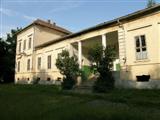
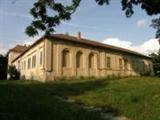
Cele trei monumente cu care se mândreşte satul Dumbrăvioara se leagă de numele familiei Teleki. Castelul construit între anii 1769-1773 de groful Teleki Sámuel, pe atunci cancelar al Transilvaniei, se află aproape de şosea, în mijlocul unui parc.
Teleki Sámuel este întemeietorul Bibliotecii Teleki din Târgu Mureş şi ctitorul Bisericii reformate din sat (1784-1785).
Cavoul familiei Teleki, construit în anii 1801-1802 în cimitirul reformat, adăposteşte mormântul grofului Teleki Samuel şi al descendenţilor săi.
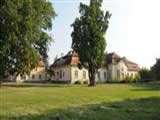
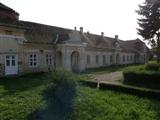
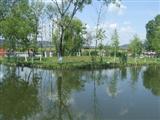


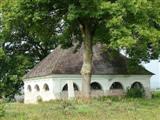
Curiozitatea satului este barza albă, datorită populaţiei semnificative Dumbrăvioara cu drept concura la denumirea de satul berzelor. Tot aici se gasesc si panouri informative despre viata berzelor.
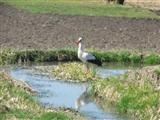
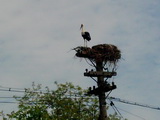

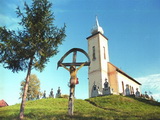
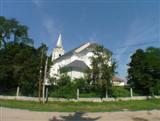
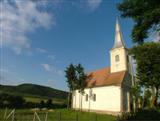
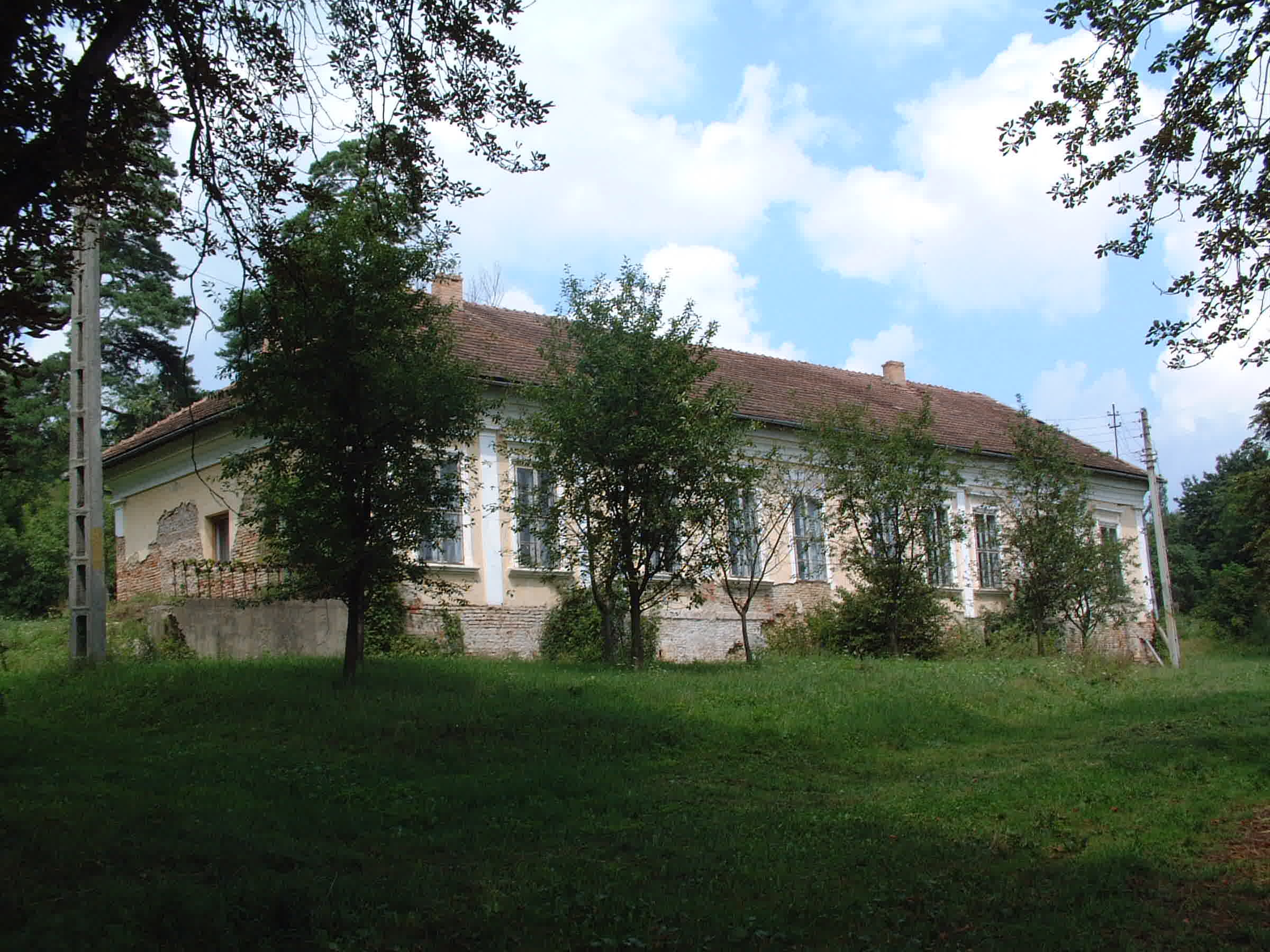
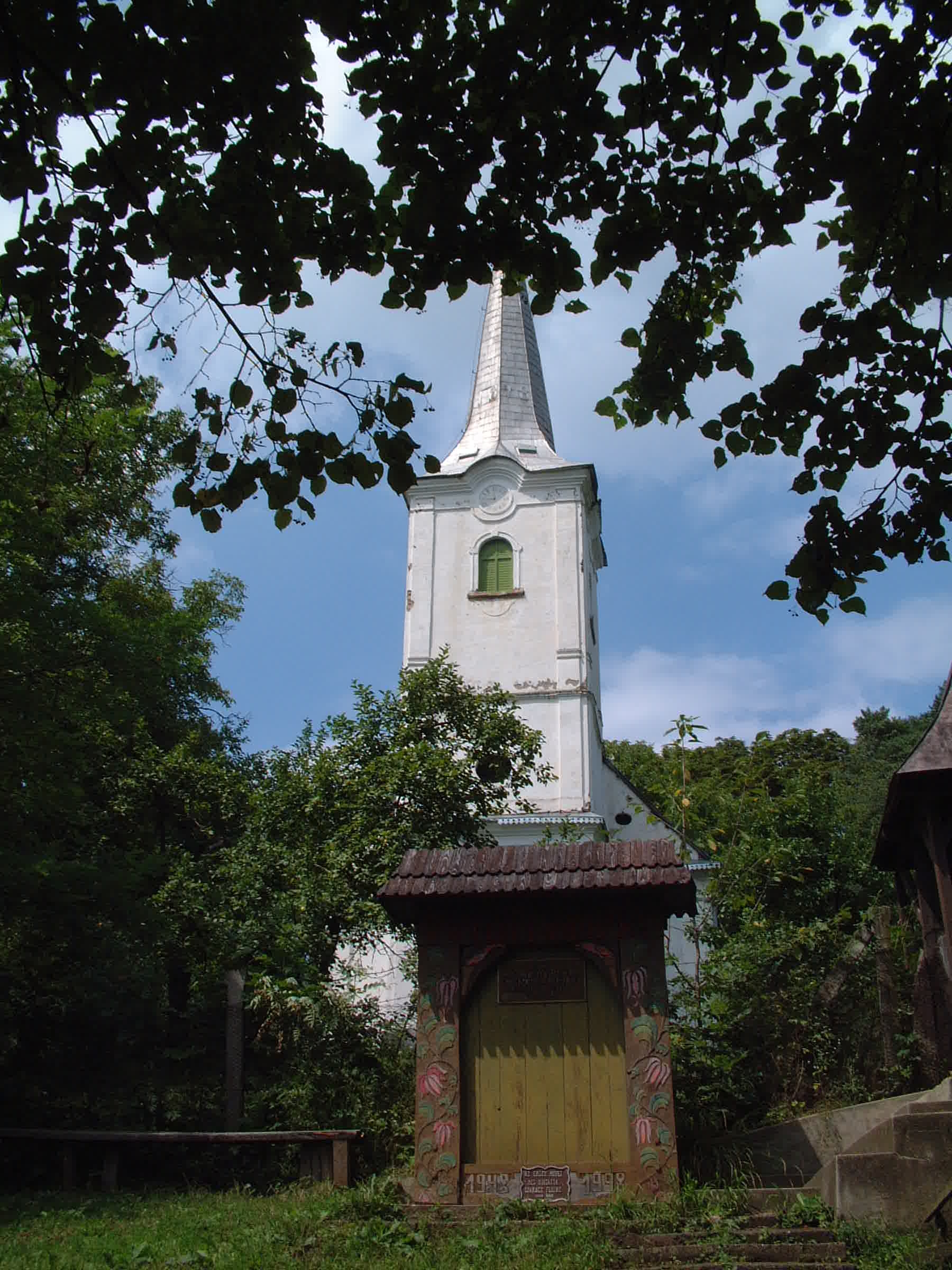
Piata Auto saptamanala, Duminica!
Földrajzi elhelyezés: Nagyernye a Kál-patak alsó szakasza mentén fekszik, 10 km-re Marosvásárhelytől, a Marosvásárhely - Szászrégen - Piatra Neamt útvonalon.
Hozzátartozó falvak: Nagyernye, Sáromberke, Székelykál, Ikland, Székes, Erdőszengyel.
Megközelíthetőség: a 15 OU Marosvásárhely-Szászrégen útvonalon; vasútállomás a Marosvásárhely-Szászrégen vasútvonalon.
Irásos említés: Nagyernye első írásos említése 1332-ból származik Ernee néven. A falu közelében levő Libáncs mezőre telepedett meg 1661 szeptemberében Ali pasa, aki Apafi Mihályt Erdély fejedelmévé választatta.
Sáromberke első írásos feljegyzése 1319-ból való, Károly Róbert király egy adományozó levelében említik, Sarumberg névvel.
Ikland első írásos említése 1566-ból való, a Székesé 1451-ból Sekefalwa néven, az Erdoszengyelé 1471-ben, a Székelykálé pedig 1332-ból származik Kaal néven.
Etnikai megoszlás: románok - 405; magyarok - 4.328; romák - 485; más nemzetiségűek - 1. Összlakosság: 5.219.
Felekezeti összetétel: ortodoxok - 652; görög katolikusok - 15; római katolikusok - 1.388; reformátusok - 2.617; unitáriusok - 340; más vallásúak - 207.
Területe: szántóterület -3.576 ha, erdők- 980 ha, legelők - 963 ha, kaszálok - 521 ha.
A XIX. századi késői barokk stílusban épített Bálintitt Kastély, amelyben jelenleg általános iskola működik, elhanyagolt ugyan, de nincs közvetlen veszélybe. Kertje pusztulófélben található, de még fellelhetőek a meglévő történeti elemek. A park jelenlegi növényállománya változatos, a fajtaválaszték az öreg tölgyektől a friss beültetésű tujákig széles skálán mozog. (Nagyernye)


A három emlékmű, mely Sáromberke büszkesége, a Teleki család nevéhez kötődik. Az 1769-1773 között épített kastély, melyet Teleki Sámuel, Erdély akkori kancellárja építtetett, a műút közelében fekszik, egy gyönyörű park közepén. Ő alapította a marosvásárhelyi Teleki Tékát és a helyi református templomot (1784-1785). A templom kertjében található az 1994-ben felállított könyvtáralapító Teleki Sámuel kancellár mellszobra. A Teleki család kriptájában, melyet 1801-1802-ben készítettek a református temetőben, Teleki Sámuel és leszármazottainak földi maradványait helyezték el. (Sáromberke)






A falu nevezetessége a fehér gólya. Az itt elő népes populáció miatt Sáromberke joggal pályázik a gólyafalu minőségének elnyerésére. A gólyáknak menhely készül a Teleki-kastély közelében, emellett gólyaösvény mentén, információs táblák segítségével tájékozódhatunk életvitelükről.








Heti kocsi piac minden vasárnap!
Geographical position: Ernei is situated along the lower segment of the Căluşeri rivulet, a left affluent of the Mureş River, at 10 km distance from Târgu-Mureş on the Târgu-Mureş – Reghin - Piatra Neamt nationl route.
Dependent villages: Ernei, Dumbrăvioara, Căluşeri, Icland, Săcăreni, Sângeru de Pădure.
Access: On the National Road nr. 15, between Târgu-Mureş and Reghin; railway station on the Târgu-Mureş - Reghin route.
Documentary evidence: The first documentary evidence of Ernei dates from 1332, under the name of Ernee. In september 1661 the field of Libancs, near the village, was invaded by Ali Pashas troops and, as a consequence, Apaffi Mihaly was imposed as Prince of Transylvania.
Icland is first mentioned in 1566, Săcăreni first appears in official documents in 1451 under the name of Sekefalwa, Sângeru de Pădure in 1471 and Căluşeri’s name first occurs in the papal quitrent registers in 1332, under the name of Kaal.
Dumbrăvioara is first mentioned in 1319 under the name of Sarumberg, in a donation document signed by king Carol Robert.
Ethnic structure: Romanians - 405, Hungarians - 4.328, Roma - 485, other nationalities- 1. Total number of inhabitants: 5.219.
Religion: Orthodox - 652, Greek Catholics- 15, Roman Catholics- 1.388, Reformed - 2.617, Unitarians -340, other religions- 207.
Land: ploughland – 3.576 ha, forest – 980 ha, pasture – 521 ha, meadows – 521 ha.
The Bálintitt-castle, built in the 19th century in late baroque style, presently houses a general school, and it is in a rather neglected state but not in immediate danger. Its garden is deteriorating, but historical elements can still be identified. The garden’s present flora is diverse, the wide range of species varies from old oaks to freshly planted thuja. (Ernei)


The three monuments in which Dumbrăvioara takes pride are related to the Teleki family. The castle built between 1769 and 1773 by count Teleki Samuel, chancellor of Transylvania at that time, is situated near the main road, in the middle of a very exquisite park.
Teleki Samuel is also the founder of the Teleki Library in Târgu-Mureş and the erector of the Reformed Church in the village (1784-1785). His statue erected in 1994 can be seen in the garden of the church.
The Teleki family burial vault, built in 1801-1802 in the Reformed cemetary, shelters count Teleki’s and his descendants graves.






The village is famous for the white storks. Dumbravioara, for the large population of storks living here deserves the qualification of a stork-village. A shelter for storks is being built in the yard of the Teleki Castle and visitors can find valuable information about the life of storks from large panes along a stork-trail.








Ernei - weekly car market, on Sundays!